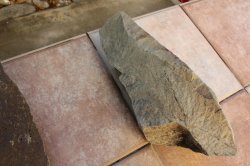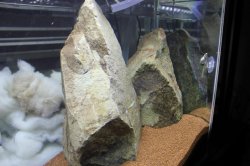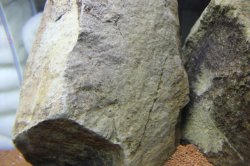don_kihotis
Fish Fanatic
Hi guys, yesterday i visited a local pet shop and bought these 2 big pieces of rock for my new aquarium but wanted to make sure that they are safe thus i am posting here for your reviews.
I have had lava rocks in the past without probs and some other kind of stones but i have never seen this type before.
What do you think?
By the way i am not sure if this is the correct section of the forum for posting, so if not mods please move this thread to the right place.
Cheers
I have had lava rocks in the past without probs and some other kind of stones but i have never seen this type before.
What do you think?
By the way i am not sure if this is the correct section of the forum for posting, so if not mods please move this thread to the right place.
Cheers







 /www.sera.de/en/products/in_category/einzeltests-5589/product/sera-nitrate-test.html
/www.sera.de/en/products/in_category/einzeltests-5589/product/sera-nitrate-test.html

